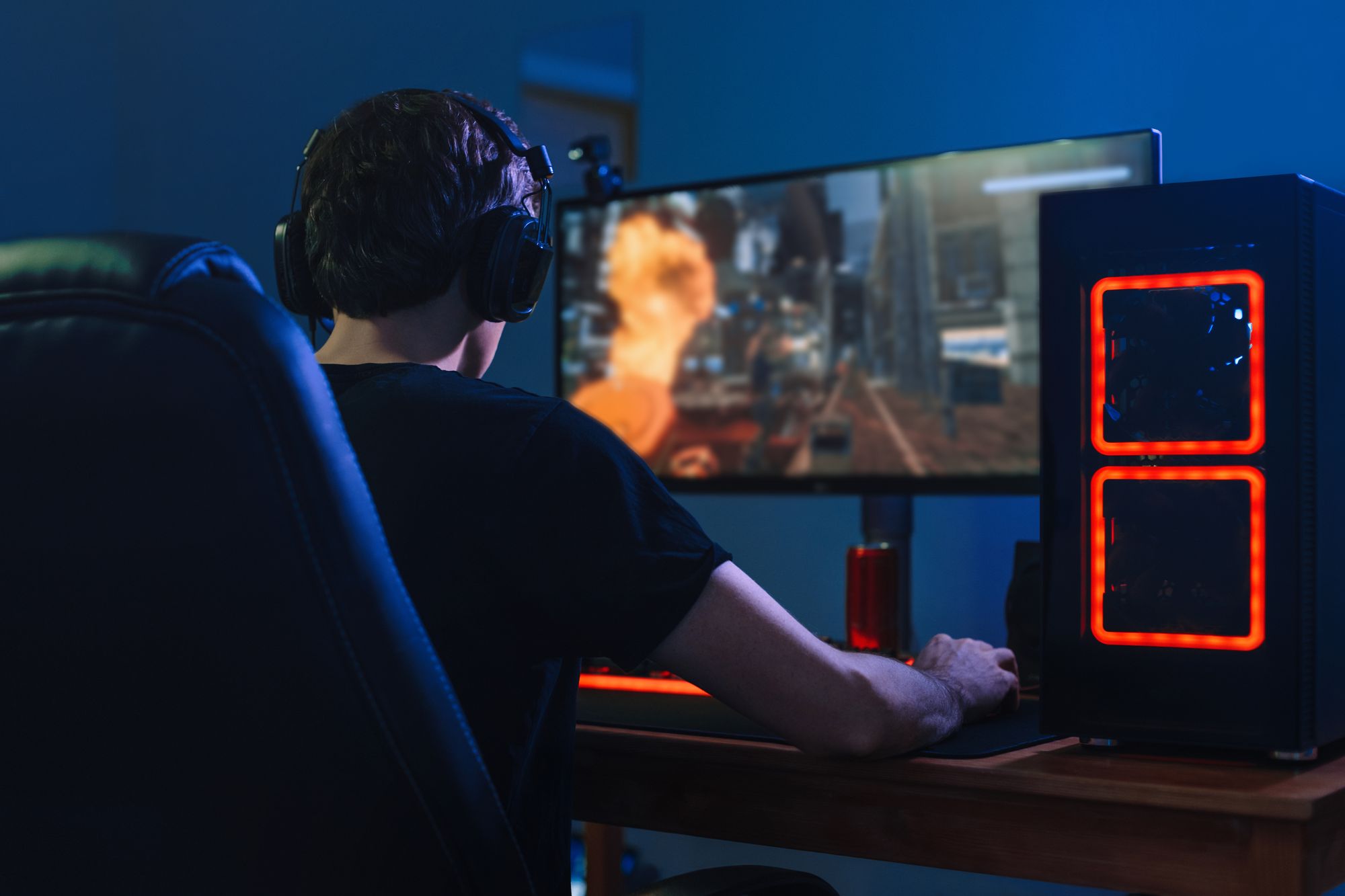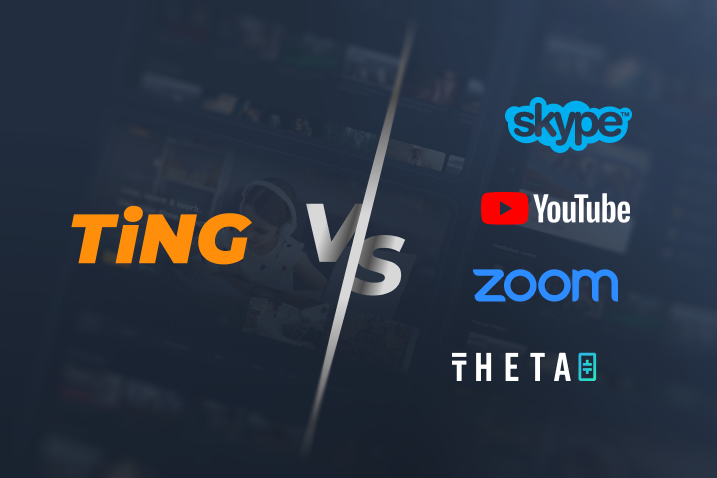Stanton presented an idea that appears to be wild. It is a play-to-die game. His goal is to implement a system that will allow beloved characters to die forever if they die in one game. Characters are issued as non-fungible tokens (NFTs), which are available for sale or purchase.
The NFT is burned once the character dies.
“[I] believe that the value potential of NFT characters is much greater than traditional game characters,” Stanton wrote in a blog. “Thus, introducing a concept of loss by dying in-game is much more interesting and engaging than before.”
Play-to-Die: Dead but alive as an NFT
However, the existing concept of death in gaming represents nothing more than “a feedback mechanism that you have performed poorly in a certain aspect of the gameplay.”
Stanton believes that cryptocurrency gaming could benefit from the actual death experience. He hopes this “will unlock new experiences in gameplay, new opportunities for gamers to earn and potentially create some of the most enticing spectator experiences.”
NFTS
In his plan, he focuses on non-fungible tokens, immutable and unique units of data stored on the blockchain. The NFT can be used to represent a variety of digital files, including photos, videos, audio, and other types of files. As well as dead characters in the gaming metaverse.
“NFTs can be bought, sold, traded, or used in other contexts outside of just one game,” he said. “These points are significant… compared to previous game experiences. Instead of only being able to use the character in that game, a player can now buy/sell on the open market.”
He also discussed the growth of NFTs that can be shared and traded across different blockchains. “It means characters will have much more value (not just monetary value but emotional value to the player) because they are not tied to a single game,” he explained.
“This interoperability could manifest in many ways. Being able to use a character in multiple games is an obvious one. I think there could also be promotional partnerships, membership opportunities, and many more we can’t imagine at the moment,” added Stanton.
How does it work?
Dave Stanton proposes a theory for permanent death in crypto gaming. He envisions a first-person shooter combat game or another type of fighting game. NFTs are the characters in this game.
One acquires skills as they win battles. However, if your character loses a match, it will die and burn the NFT. What could this mean?
“If the game was very popular, any player could start from nothing and purely on merit build up a highly skilled character," Stanton explained.
“Theoretically, highly skilled characters would be rare since many would die all the time in-game. They can then play with this character or sell it to someone who wants a skilled fighter but doesn’t want to put in the work to achieve it.”
Consequently, Stanton argued that this would provide “earning opportunities for good gamers with little to no capital. Rarity is not random (like with current NFT mints) but based on skill, effort, and survival.”
“I think there’s also an opportunity for skins or items to be only unlocked by reaching certain levels or surviving a certain number of battles. This would create additional value for these characters beyond just the skills in the game,” he added.
Gaming-related death
Players lose their character when they die in a video game. Stanton said players “may become even more engaged and attached to their characters by being extra thoughtful about their actions. This can lead to much more engaged gamers.”
Based on Stanton's plan, it is likely that “spectators will become more attached to various highly skilled long-lasting characters.” He explained:
“Streaming fights/battles could attract many more viewers within the gaming and more importantly, outside of it. Similar to how the biggest sports events in the world (Super Bowl, World Cup, Olympics, etc.) get fans of the sport to watch as well as many ‘non-sports fans’. [This is] because of the scale of interest in these events and the impact it has on pop culture. Since the characters will ‘die’ in-game if they lose, it elicits much more emotion for spectators and could be more interesting than current games.”
Risky proposal
Stanton's idea has not been well received by everyone. In an interview with BeInCrypto, Long Do, game director of Anomura, an NFT pixel art play-to-earn gaming platform, explained that the concept of permanent death in crypto games is not very strong.
“The weakness of the model is that most investors want to see models where there is little risk and huge upside,” said Do.
“For example, projects where there is no cost for investors to mint, but a huge upside if the secondary sales go viral and the floor price allows them to profit. This sort of model goes against that current thinking. From gamification [point of view] it might make sense for those with higher risk tolerance. There is an audience for this, but it might not be perceived very well by traditional investors in web3.”
In the gaming world, Dave Stanton acknowledged that past experiments with permanent death have not been successful.
However, “if this is adopted in crypto gaming, we will see many new low barriers to entry merit-based economic opportunities for gamers.” Also, there is “potential [for a] revolution in game viewing because it will feel more real and visceral to non-gaming spectators. Similar to how sports fans feel watching a game knowing the athletes are putting their bodies and in some cases like with motorsports and combat sports, their lives on the line.”








